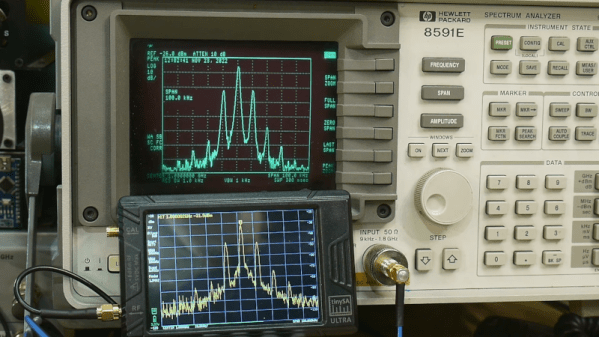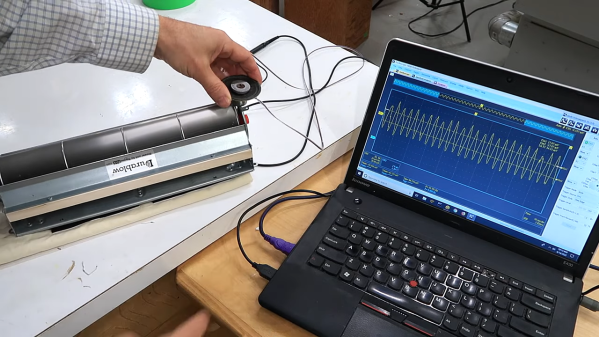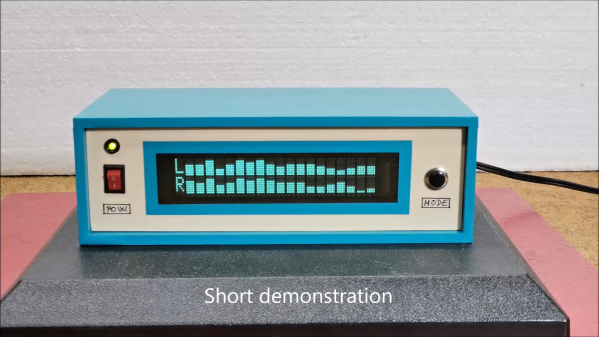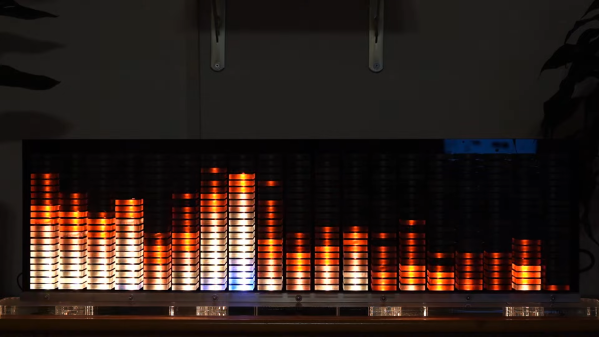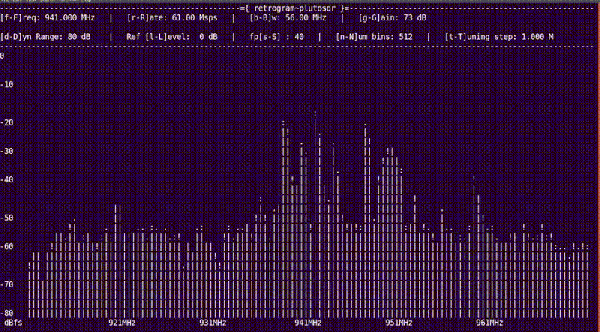We’ve looked at the TinySA spectrum analyzer in the past. However, the recent Ultra edition offers an increase in range from 800 MHz to 6 GHz. How does it work? [IMSAI Guy] tells us in a recent video that you can watch below. In addition to an increased frequency range, the new device offers a larger display and enhancements to the signal generator and bandpass filtering. It also has an optional LNA. All this, of course, is at a price since the Ultra sells at a little more than twice the original unit’s price. Still, $120 or so for a 6 GHz spectrum analyzer isn’t bad.
For some reason, you have to put a passcode in to enable the Ultra mode, although the passcode appears to be common knowledge and available on the device’s wiki. You can presume they could, at some point, make this feature or others require a paid passcode, but for now, it is just a minor inconvenience. Reminds us of a certain oscilloscope that’s become quite popular in our community.
One thing you should be aware of, however, is that the Ultra mode uses a mixer to downconvert the incoming signal to the ordinary 800 MHz range. That means, as you can see in the video, that the local oscillator puts out some signal at the input. The level is relatively low, but still something to be aware of if you are trying to make a precision measurement.
The video compares the device to an HP 8591E spectrum analyzer. It tops out at 1.8 GHz and runs about $2,500 new. Even on eBay, you can expect to pay between $500 and $1000 for one of these. The results seem to be comparable, for the most part.
We looked at the device’s predecessor back in 2020. We also did a full-blown review a little bit later.
Continue reading “Say The Magic Word, And The TinySA Goes Ultra” →


